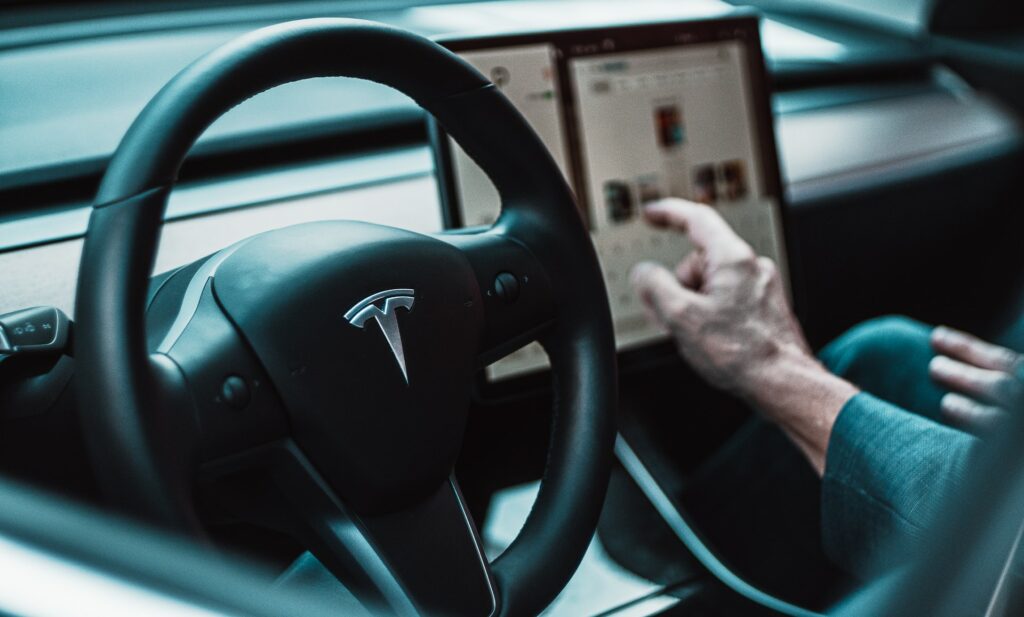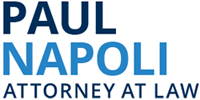Who’s Responsible for a Crash in Driver-Assist Mode?

The driver assist technology that Tesla and other automakers have been developing to improve vehicles’ ability to respond to hazards holds the promise to usher in a new era in automotive safety. With computers sensing the car’s surroundings and tracking every part of its internal machinery, driver assist removes some of the risk of distracted driving, which kills 3,000 people per year. However, recent crashes involving Teslas in driver assist mode suggest that the technology isn’t yet perfect—and drivers might be relying on it too much.
One problem that has been plaguing the Tesla Autopilot driver assist technology is what’s referred to as “phantom braking,” when the car automatically brakes for no reason. This can cause drivers following the Tesla to rear-end it, and it’s not uncommon. Hundreds of complaints about phantom braking have been filed with the National Highway Traffic Safety Administration (NHTSA)—enough that a formal investigation was launched in 2021. In addition, numerous crashes have been reported where a Tesla has collided with emergency response teams where the first responders’ vehicles’ emergency lights are flashing.
Another problem common to all vehicles with driver assist is that the existence of the technology can actually cause drivers to become more distracted. If your vehicle automatically stays in its lane and brakes to avoid obstacles in your path, you have less incentive to stay off your phone or pay attention to the road while behind the wheel. According to a AAA report, drivers who have experience with driver assist are nearly twice as likely to engage in distracted driving.
So who’s to blame? As this blog explores, the vast majority of crashes involving cars with driver assist technology are due to human error, not a failure of the car itself. However, no technology is without its flaws, and some accidents—such as Teslas plowing into emergency lights—can be attributed to the technology, at least in part.
That can complicate the process of gaining relief if you’re in an accident that was caused by a vehicle with driver assist, especially a robust product like Tesla’s Autopilot. If the driver of the at-fault vehicle claims that the blame lies with the driver assist technology, it can lead to a drawn out claims process that delays payments and confuses whom is the responsible party.
If you’re the owner of a vehicle with driver assist technology, and the technology causes you to have an accident, you may be able to avoid liability for the damage caused by the accident (as well as recover losses for physical damage or bodily injury) by filing a defective product claim. To succeed, a defective product claim must show that the accident was directly caused by either a design defect or a manufacturing defect.
